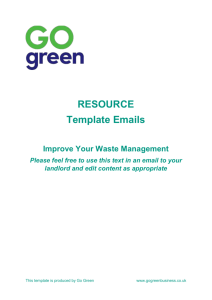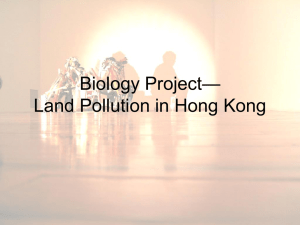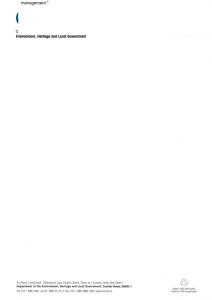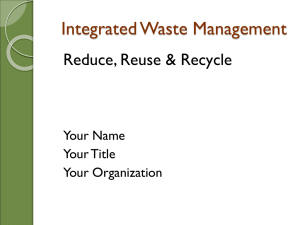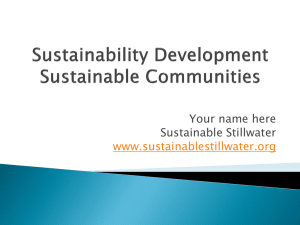TEKS: 5F—Evaluate the impact of waste
advertisement
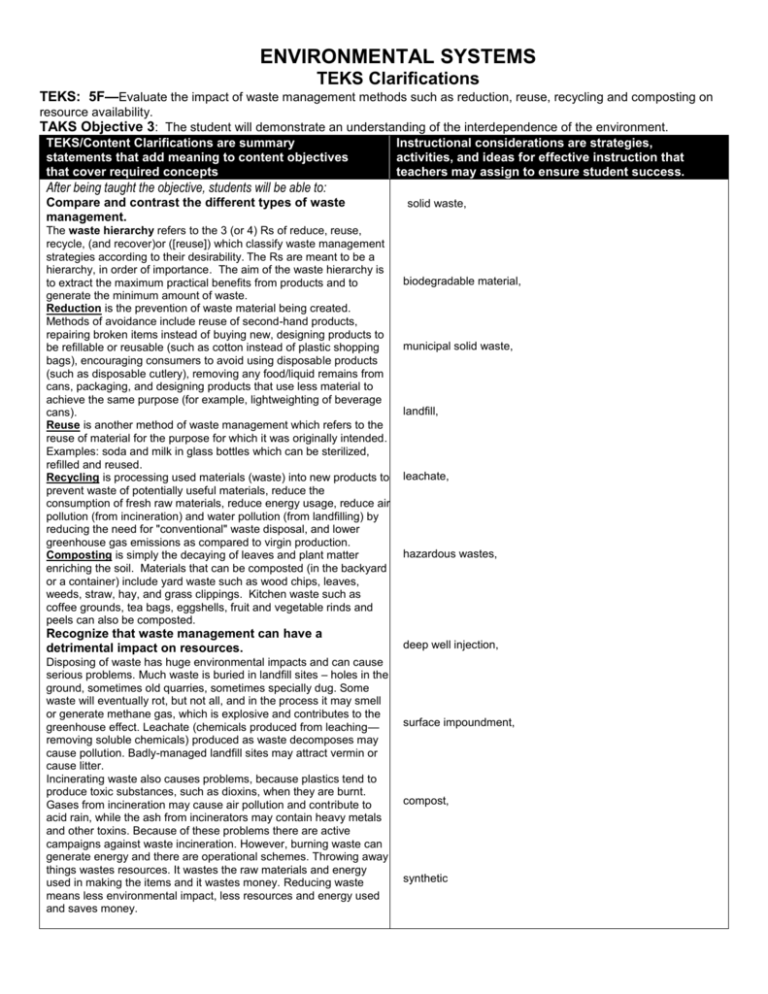
ENVIRONMENTAL SYSTEMS TEKS Clarifications TEKS: 5F—Evaluate the impact of waste management methods such as reduction, reuse, recycling and composting on resource availability. TAKS Objective 3: The student will demonstrate an understanding of the interdependence of the environment. TEKS/Content Clarifications are summary statements that add meaning to content objectives that cover required concepts Instructional considerations are strategies, activities, and ideas for effective instruction that teachers may assign to ensure student success. After being taught the objective, students will be able to: Compare and contrast the different types of waste management. The waste hierarchy refers to the 3 (or 4) Rs of reduce, reuse, recycle, (and recover)or ([reuse]) which classify waste management strategies according to their desirability. The Rs are meant to be a hierarchy, in order of importance. The aim of the waste hierarchy is to extract the maximum practical benefits from products and to generate the minimum amount of waste. Reduction is the prevention of waste material being created. Methods of avoidance include reuse of second-hand products, repairing broken items instead of buying new, designing products to be refillable or reusable (such as cotton instead of plastic shopping bags), encouraging consumers to avoid using disposable products (such as disposable cutlery), removing any food/liquid remains from cans, packaging, and designing products that use less material to achieve the same purpose (for example, lightweighting of beverage cans). Reuse is another method of waste management which refers to the reuse of material for the purpose for which it was originally intended. Examples: soda and milk in glass bottles which can be sterilized, refilled and reused. Recycling is processing used materials (waste) into new products to prevent waste of potentially useful materials, reduce the consumption of fresh raw materials, reduce energy usage, reduce air pollution (from incineration) and water pollution (from landfilling) by reducing the need for "conventional" waste disposal, and lower greenhouse gas emissions as compared to virgin production. Composting is simply the decaying of leaves and plant matter enriching the soil. Materials that can be composted (in the backyard or a container) include yard waste such as wood chips, leaves, weeds, straw, hay, and grass clippings. Kitchen waste such as coffee grounds, tea bags, eggshells, fruit and vegetable rinds and peels can also be composted. Recognize that waste management can have a detrimental impact on resources. Disposing of waste has huge environmental impacts and can cause serious problems. Much waste is buried in landfill sites – holes in the ground, sometimes old quarries, sometimes specially dug. Some waste will eventually rot, but not all, and in the process it may smell or generate methane gas, which is explosive and contributes to the greenhouse effect. Leachate (chemicals produced from leaching— removing soluble chemicals) produced as waste decomposes may cause pollution. Badly-managed landfill sites may attract vermin or cause litter. Incinerating waste also causes problems, because plastics tend to produce toxic substances, such as dioxins, when they are burnt. Gases from incineration may cause air pollution and contribute to acid rain, while the ash from incinerators may contain heavy metals and other toxins. Because of these problems there are active campaigns against waste incineration. However, burning waste can generate energy and there are operational schemes. Throwing away things wastes resources. It wastes the raw materials and energy used in making the items and it wastes money. Reducing waste means less environmental impact, less resources and energy used and saves money. solid waste, biodegradable material, municipal solid waste, landfill, leachate, hazardous wastes, deep well injection, surface impoundment, compost, synthetic
